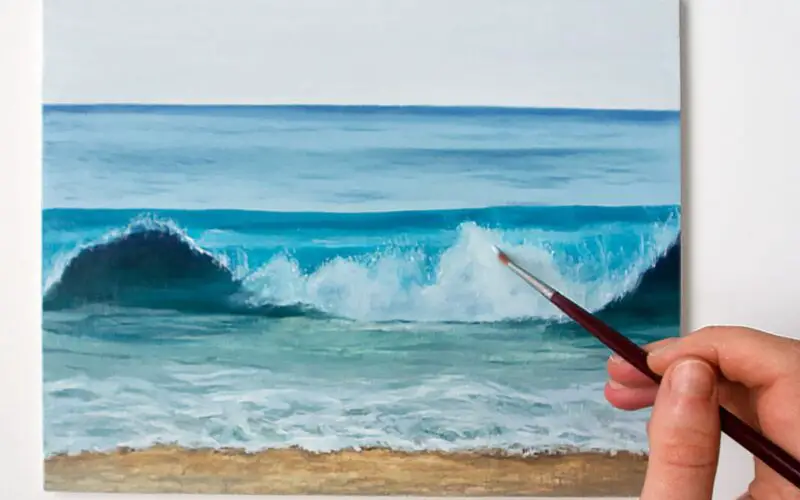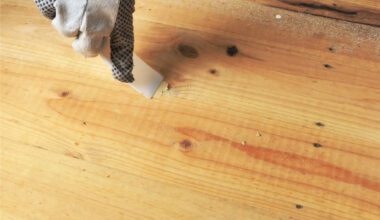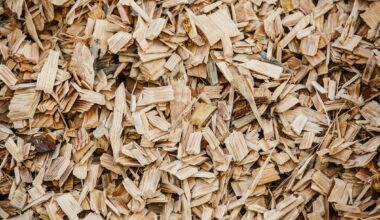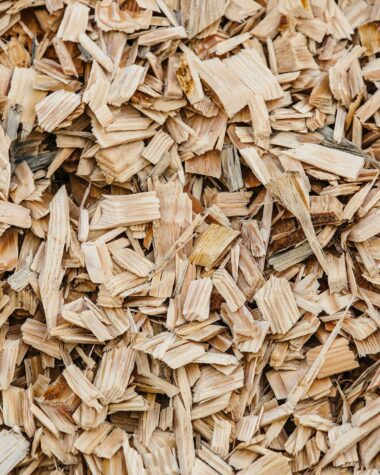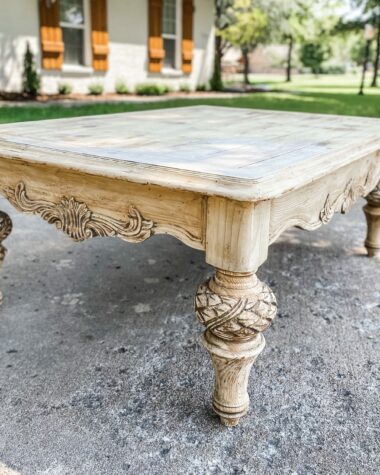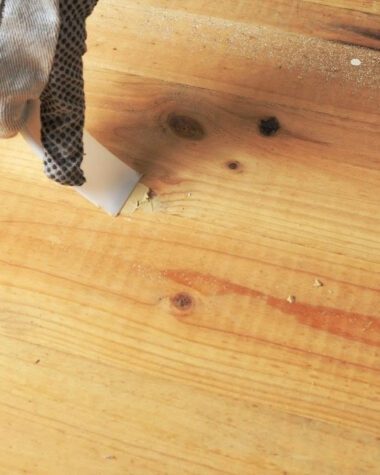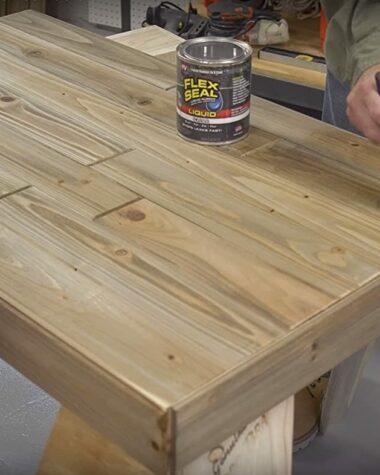Acrylic paint is one option when you’re looking to paint a piece of wood. One of the reasons for its popularity is due to its long-lasting functionality, especially when sealed. With the right sealing method, acrylic paint does not peel off easily. Thus, this article will instruct you on how to seal acrylic paint on wood.
Steps on How To Seal Acrylic Paint on Wood
Before doing the steps below, you need to prepare the following things.
- A clean rag
- Water
- Sealant of your choice
- Sandpaper (150-grit)
- Acrylic paint
Step 1. Preparation
The initial step for this sealing acrylic paint is to prepare the working area. This step ensures that everything is prepared beforehand. It means that the area is work-friendly. Try to cover the surfaces with old newspapers. This will help you protect the table or the surface where you would paint the wood. Also, doing so will help you to clean up afterward easily.
Step 2. Sanding the Wood Surface
The next step is to prepare the wood surface. If you want the end product to look beautiful, glossy, and smooth finish, then you need to sand the surface.
Make use of sanding paper. 150-grit works best for this, and it begins to sand slightly. This will help you to improve the finish in the end. Once you are satisfied with sanding, then wipe the surface off. Make use of a clean rag. When you’re done, remember to check the surface. Make sure all kinds of sawdust are taken off.
Step 3. Painting the Wood Surface
The next step is to paint the surface of the wood. Use a paintbrush to neatly paint over the surface of the wood. You can make use of a sponge as well. Sponge painting gives you more control over the paint. Moreover, you will also get a nice design on top of the surface. But then again, a paintbrush is easy to use. The results are good as well.
Step 4. Sealing the Paint
Here is the most important part. Finding a good sealant is the easiest answer to the question of how to seal acrylic paint on wood. Before applying the sealant on the painted surface, check the surface. Make sure that the paint is completely dry. Letting it cure or not is your choice.
So, when looking for a sealant, look for a wax-based or polycrylic sealant. The latter helps you to get a better and glossier finish!
Apply the sealant on the surface and wait for it to dry. If you want to apply another coat to the painted surface, rub the sealed surface once more. Remember to lightly sand the surface before reapplication. After sanding, remove the debris. Then proceed to apply another coat of sealant.
Step 5. Dry
The last step is to let it dry. You must properly let the surface dry if you want a good finish.
You need about two to three weeks for the sealant to dry. Remember to keep the wood away from other objects. Objects touching or brushing on the surface when the sealant is wet will cause dents. The sealant will become filled with imperfections.
Bonus Tips
Apart from what we mentioned above in the how to seal acrylic paint on wood guide, it would be best if you were mindful of the following points:
- Before you begin working on the wood, keep a pair of safety glasses and gloves nearby.
- Remember to paint the surface with neat and clean strokes. You can improve if the first coat of paint yields a poor result.
- You can use a sponge to apply the sealant to the painted surface of the wood.
- After applying the sealant, let it set for a while. Keep the wood dry wherever you decide to store it. After painting the wood, you must wipe it down if you want a good finish. Wiping will assist you in removing extra paint from the surface once it has dried.
Conclusion
When you apply acrylic paint on wood, remember to seal it. The answer to how to seal acrylic paint on wood is crucial because acrylic paint is not waterproof. If you do not seal the paint on wood, then the paint will become damaged with time. You may see cracks in the paint or see bubbles on the surface.
